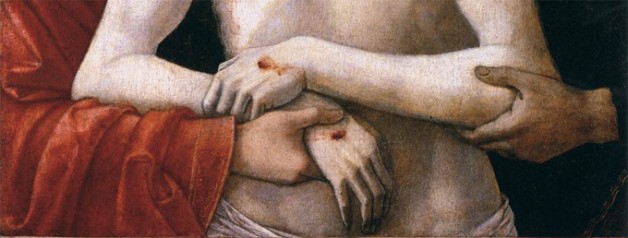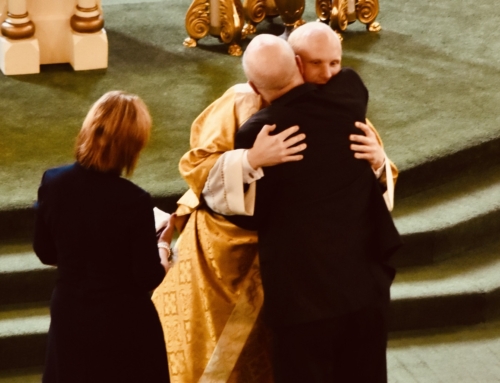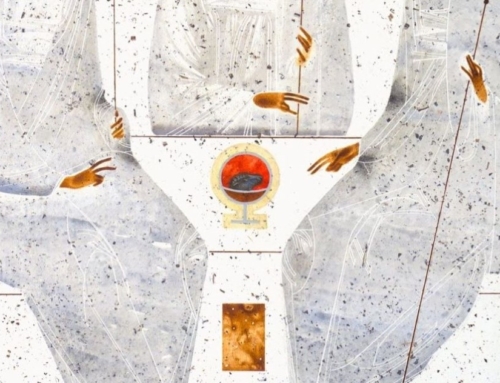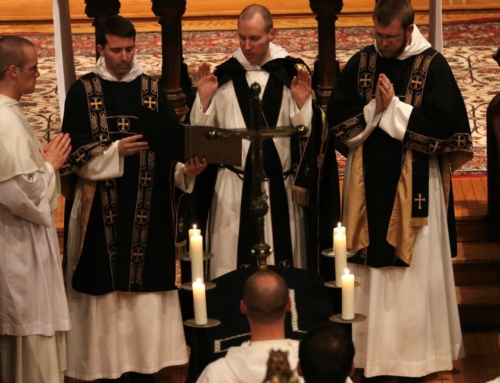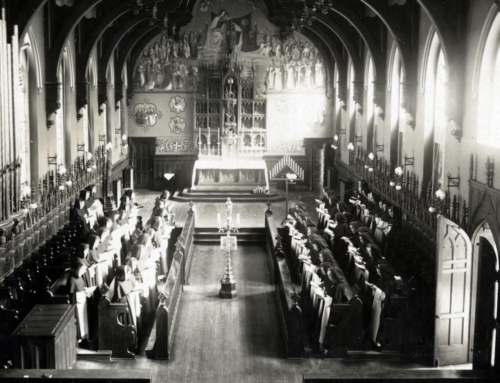Questions touching on the meaning of suffering and the value therein are among the most important we can ask. In fact, it seems that not to ask them would constitute a defect in one’s humanity, as suffering touches on the most fundamental aspects of human experience.
A considerable amount has been written on suffering – its nature, its psychology, its abolition. Particularly popular are the books that attempt to make sense out of suffering and thereby allow for it to be undergone more joyfully and fruitfully.
The findings in some of these books engender assent quite naturally at an intellectual level: Suffering acts like an alarm alerting one to the presence of disorder; Suffering evinces compassion enabling deeper levels of human interaction; Suffering gives one a greater appreciation for all the many gifts and graces which are ordinarily taken for granted. The question remains, on the level of praxis, whether these arguments provide any real consolation.
In his recent book, Life Promises Life, Fr. Vincent Nagle, F.S.C.B., relates his experiences of serving as a hospital chaplain. In the course of the book, he does not propose a synthetic or completely formulated theory of what it means to suffer or to minister to the suffering. Instead, he simply relates short stories of his interactions with patients, both soaring triumphs and colossal failures. In reading these vignettes, one can begin to develop an idea of his method and the beautiful truth that lies therein.
His method centers on an understanding of companionship – what it means to be a friend. Throughout his stories, he endeavors to be with the individual in the midst of his or her trial – not in a superficial or patronizing way, but in a manner truly genuine and compassionate. It is clear that he develops a profound love for those at whose bedside he watches. There is one particularly bizarre and beautiful example in which he relates a scene of a terminally ill woman in solitary confinement railing at the God who has condemned her to this state:
“I entered and closed the door. Then I got on my knees and started screaming with her. She screamed, “Oh God!” and I screamed, “Oh God, help her! Help her!” At least this way she knew that someone was praying with her. I was there for a long time, I don’t know how long, and at a certain point she changed from “Why, oh why, God? Oh, stop, stop!” into “I offer, I offer, I offer it!” That’s the way she stayed and that’s the way she died.”
I think the reason Fr. Nagle’s stories are so compelling and his ministry so effective lies in the sacramentality of his witness – by his physical presence he communicates an invisible reality. It seems true to say that where a lot of attempts to make sense out of suffering fail is in their attempt to reason with a largely irrational condition. The only truly substantial source of consolation lies in the acceptance of the offer for close and personal communion with Christ in that moment of greatest need. Though conducted in darkness, the assent of faith and unity with Christ’s sacrifice on the cross alone imparts to suffering its efficacy and value. Fr. Nagle’s stories of presence convey just this – that by being with the individual suffering, one makes it more possible to offer this assent of faith and therein to discover Christ waiting at the bedside.
Image: Giovanni Bellini, Dead Christ Supported by the Madonna and Saint John

